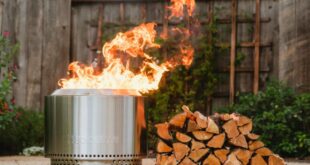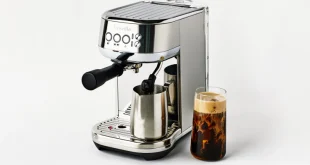Kids are highly sensitive and catch infections easily if they are wet. Moreover, the body temperature can go low, which can make them sick very easily. So, ensure to look for a perfect kid’s raincoat to keep your child safe. In this post, you’ll go through many types of rainwear for kids and give you some pointers on how to choose the correct gear for your little one.
Types of Rain Jackets for Kids
Below is the breakdown of the list of popular raincoats for kids:
➤Rain slickers: The most cost-effective alternative, this sort of waterproof children’s apparel is suitable for infants and toddlers. This gear, which is often built with a waterproof, non-breathable polyurethane (PU) coating, keeps the rain out, but an active child can soon become sweaty while wearing it.
➤Raincoats and wind shells that are water-resistant: Kids’ outerwear that is labelled as “water-resistant” isn’t totally waterproof, but it can tolerate light rain for short periods of time. Wind shells (sometimes known as windbreakers) provide a similar level of protection.
➤3-in-1 jackets: These jackets typically contain a water-resistant shell with a detachable fleece layer. Every layer of the fleece can be worn separately, they’re quite adaptable. While they may give some rain protection, in severely wet situations, they may not function as well as a genuine rain jacket.
➤Insulated and snow raincoats: These jackets will provide varying degrees of rain protection, so you won’t need to purchase a separate rain jacket. Consider the type and amount of precipitation (light mist vs. severe rain), as well as how long your child will be out in the weather, and whether the jacket is water-resistant or waterproof.
➤Waterproof/breathable rain gear: This gear is best for children who will be out on longer trips because it protects them from both stormy circumstances and the cooling effect of their own sweat.
Guidelines to Consider Before Purchasing Children’s Raincoat
1: Jacket length: When looking for a toddler raincoat in Australia or any part of the world where you live, keep in mind that the more coverage a jacket gives, the longer it is. The majority of coats are waist length, although a handful extends to the hips.
2: Closures on waists, cuffs, hems, and hoods: Elastic closures keep the heat in without the hassle of tightening cords or tabs. Adjustable closures, on the other hand, provide a superior seal.
3: Warm liners: For increased warmth, some jackets feature a lightweight fleece inner. If you’re buying without a warm liner rain jacket for your child, make sure it’s big enough to fit a warm layer below, especially if it’ll be worn in cool or cold weather.
4: Reflective accents: During winters, days are shorter, and cloud cover makes it more difficult to identify children sometimes. Reflective logos or piping strategically placed in the morning or evening, as well as after dark, add an extra layer of safety.
Whether you are purchasing children’s raincoats in Australia or any other place, be certain about the above guidelines as they can help you get the most suitable raincoat consistent with child and environmental needs.
 HammBurg Be informed with latest news, reviews, entertainment, lifestyle tips, and much more.
HammBurg Be informed with latest news, reviews, entertainment, lifestyle tips, and much more.



